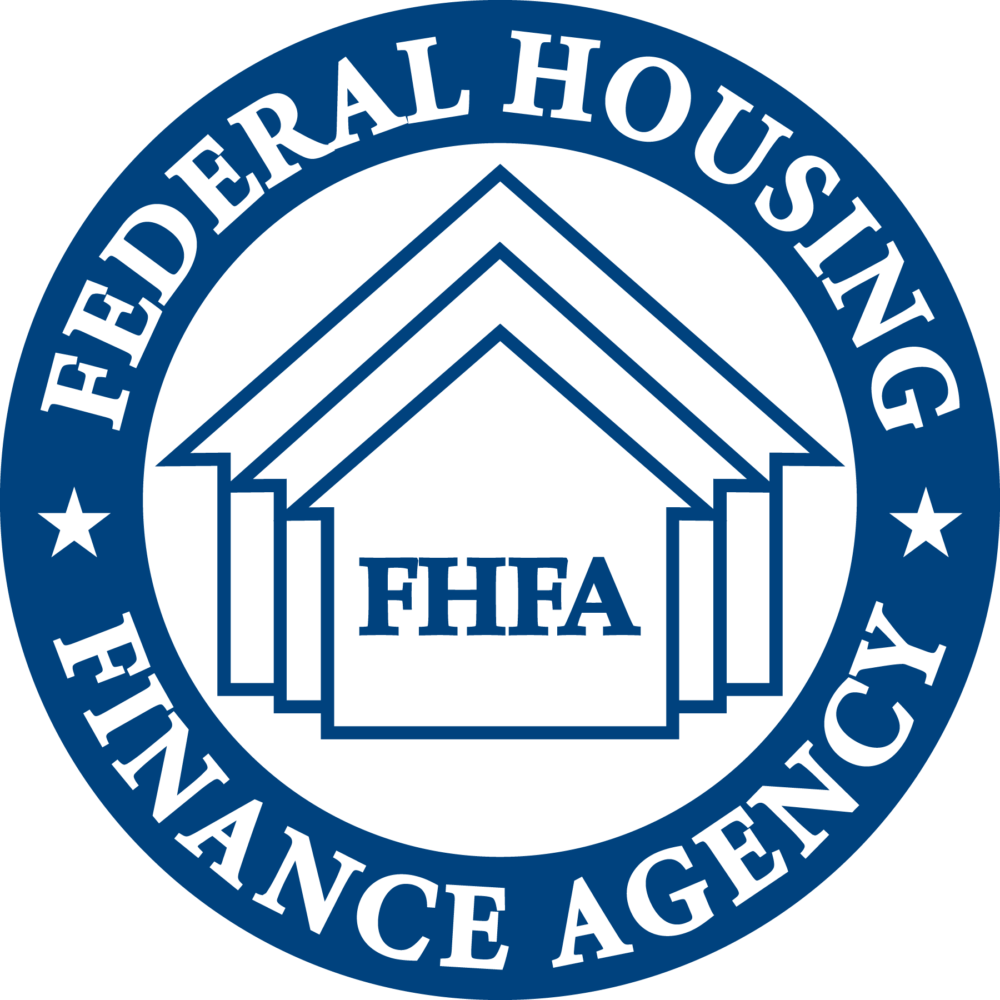FHFA Establishes New, Higher Affordable Housing Goals for Fannie Mae, Freddie Mac

The Federal Housing Finance Agency (FHFA) on Wednesday published a final rule establishing updated affordable housing goals for Fannie Mae and Freddie Mac (the Enterprises). The rule sets higher benchmark levels for the single-family and multifamily housing goals and subgoals, as well as two new single-family subgoals. The new single-family goals will apply for years 2022 through 2024, while the multifamily goals apply only for 2022.
The final rule largely maintains the affordable housing goals FHFA first proposed in August. NCSHA expressed support for the increased goals in our comments on the proposed rule.
Single-Family Goals
Under the new rule, at least 28 percent of single-family loans the GSEs purchase each year must be made to low-income consumers (those making 80 percent of area median income, or AMI, or below), up from 24 percent in 2021. In addition, at least 7 percent of GSE loans purchases must be made to very low-income consumers (those earning 50 percent of AMI or below), up from 6 percent, and 26 percent of the GSEs’ purchases of refinanced loans must be for loans to low-income borrowers, an increase from 21 percent.
The new rule also creates two new single-family subgoals to replace the existing low-income areas subgoal. One new subgoal continues to target low-income neighborhoods; the other targets minority communities. Under the new minority census tract subgoal, a mortgage qualifies if the borrower has an income at or below AMI and the property is in a census tract where the median income is below AMI and minorities make up at least 30 percent of the population. The minority census tract subgoal is set at 10 percent of all home-purchase loans and the low-income census tract subgoal is set at 4 percent. NCSHA supported the new minority census tract subgoal in our comment letter.
FHFA will continue to measure the GSEs’ compliance with the single-family goals through a dual approach that takes into account not just the benchmark goals but also the overall housing market’s support for affordable lending.
Multifamily Goals
The rule requires Fannie Mae and Freddie Mac to support the development of at least 415,000 rental homes annually that are affordable to renters with incomes at or below 80 percent of AMI, an increase from 315,000 rental homes in 2021. The subgoal for units affordable to very low-income renters (those earning 50 percent of AMI or below) is also increased from 60,000 to 88,000 units. The subgoal for affordable units in small multifamily properties (those properties with 5 to 50 units) is increased from 10,000 for both Enterprises in 2021 to 17,000 for Fannie Mae and 23,000 for Freddie Mac. FHFA initially proposed to set the small multifamily property subgoal at 23,000 units for both Enterprises but decided to set separate goals because it felt that difference in Fannie Mae’s and Freddie Mac’s multifamily business models made it easier for Freddie Mac to finance such properties.
As mentioned above, the Enterprises’ affordable multifamily goals are in effect only for 2022, though FHFA initially proposed to apply them through 2024. FHFA says it wants to consider updated economic data and post-COVID market conditions when setting benchmarks for future years. It expects to develop new proposed goals for 2023 sometime next year.

